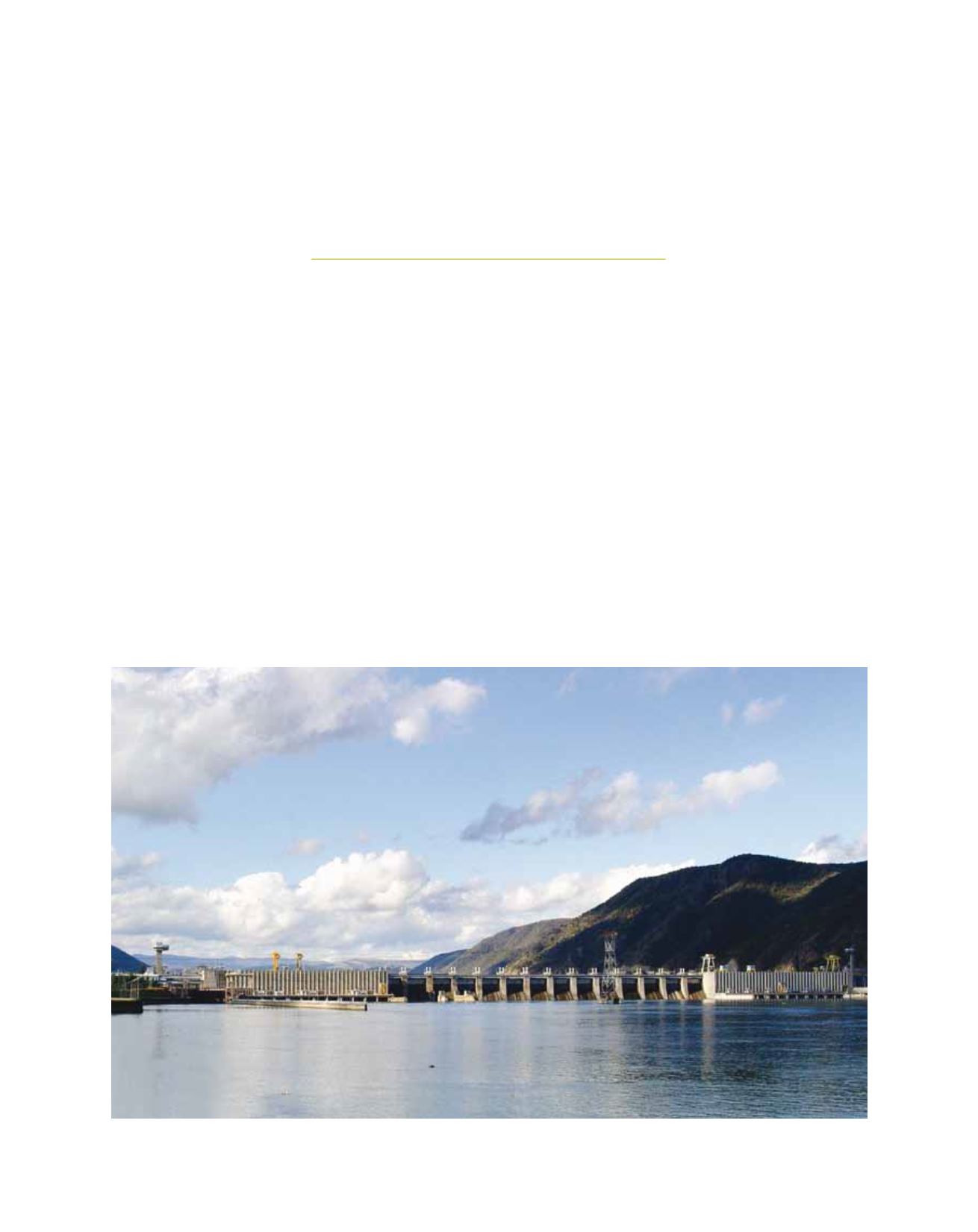

[
] 174
Enhancing cooperation in climate services
through the sub-regional virtual
climate change centre
Milan Daci
ć
, Republic Hydrometeorological Service of Serbia
F
ollowing the World Meteorological Organization’s (WMO)
invitation to its member states to intensify their inter-
national cooperation through appropriate national,
sub-regional and regional climate centres, in 2006 the Republic
Hydrometeorological Service of Serbia (RHMSS, serving as a
national meteorological and hydrological service (NMHS) of
Serbia), launched an initiative to establish a sub-regional centre
for climate change for South East Europe (SEE).
The initiative was included as a priority for sub-regional coopera-
tion under the United Nations Economic Commission for Europe
(UNECE) ‘Environment for Europe’ process. As a result, the Sixth
UNECE Ministerial Conference in Belgrade, Serbia in 2007 adopted
the Belgrade Initiative for the enhancement of SEE cooperation in
the field of climate change.
In line with the Belgrade climate change initiative,
the sub-regional South East European Virtual Climate
Change Centre (SEEVCCC) was established in late 2007,
and is hosted by the Republic Hydrometeorological
Service of Serbia.
Objectives of the SEEVCCC
The goals of the centre are to:
• Provide operational functions in climate monitoring,
generate sub-regional analysis, seasonal and inter-annual
prediction products, and share climate information
including modelled data sets
• Perform research and advance scientific understanding
of climate change impacts, vulnerabilities and
adaptation opportunities
E
nergy
The EPS hydropower plant ‘Djerdap 1’
Image: RHMSS
















